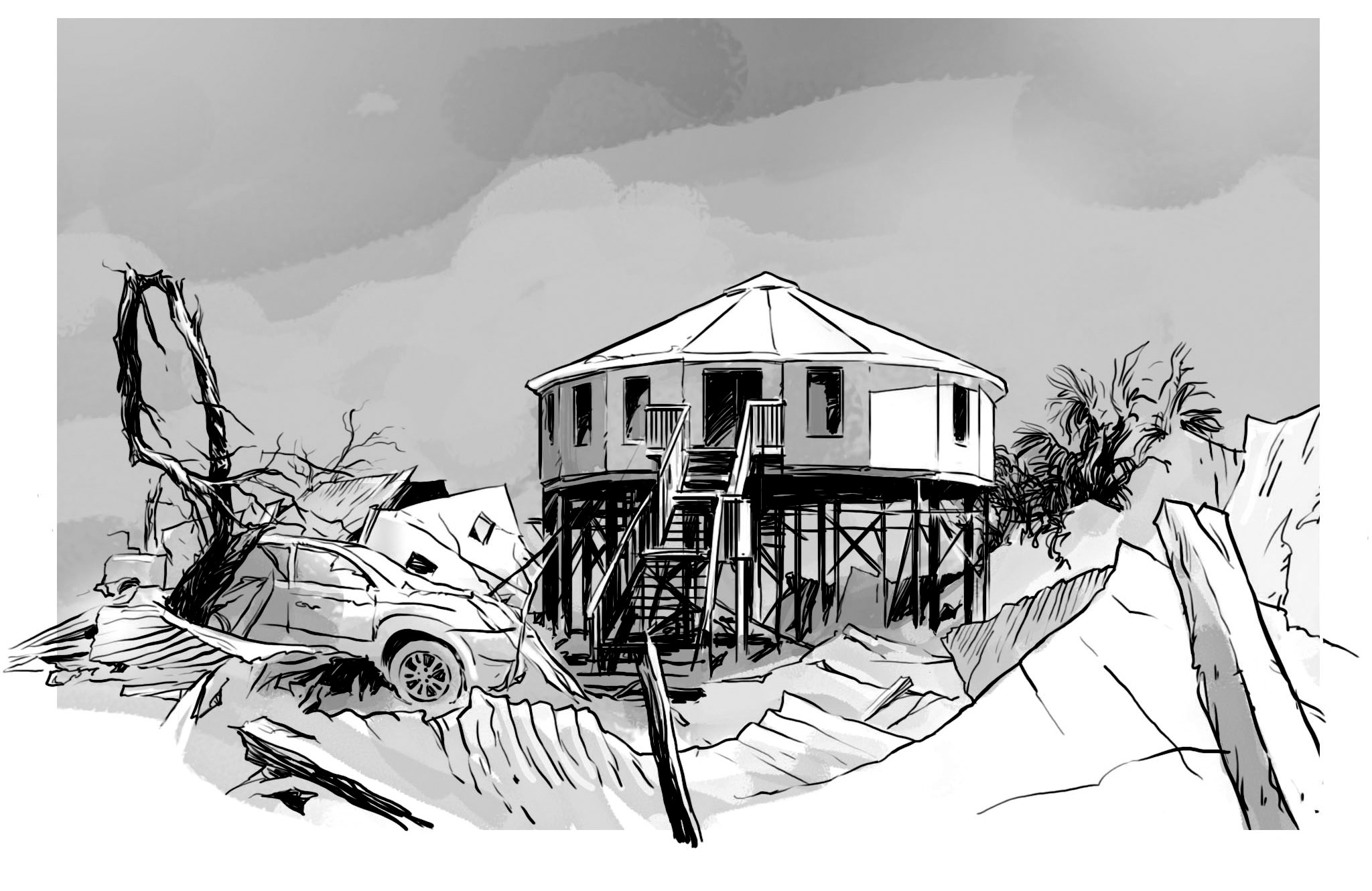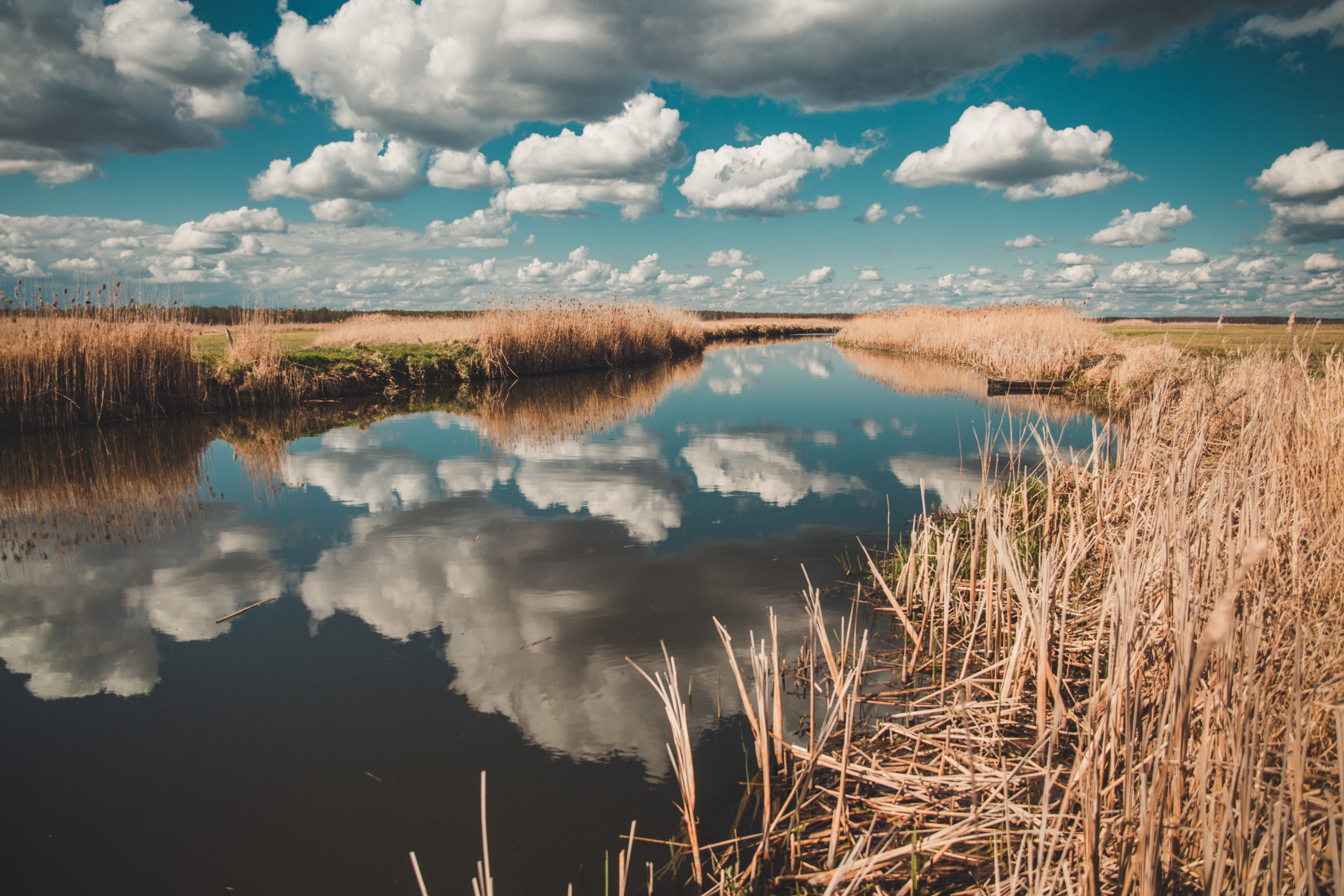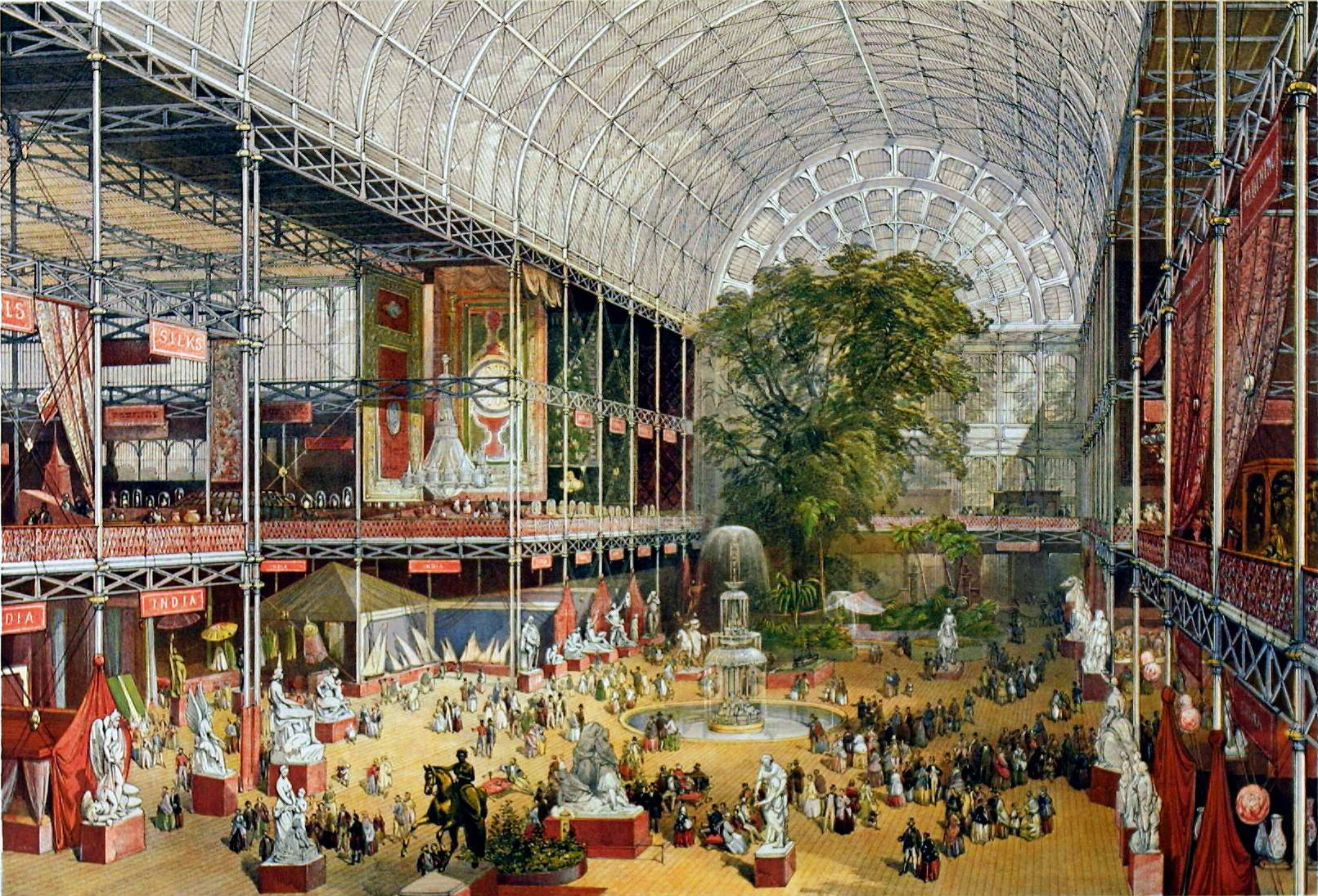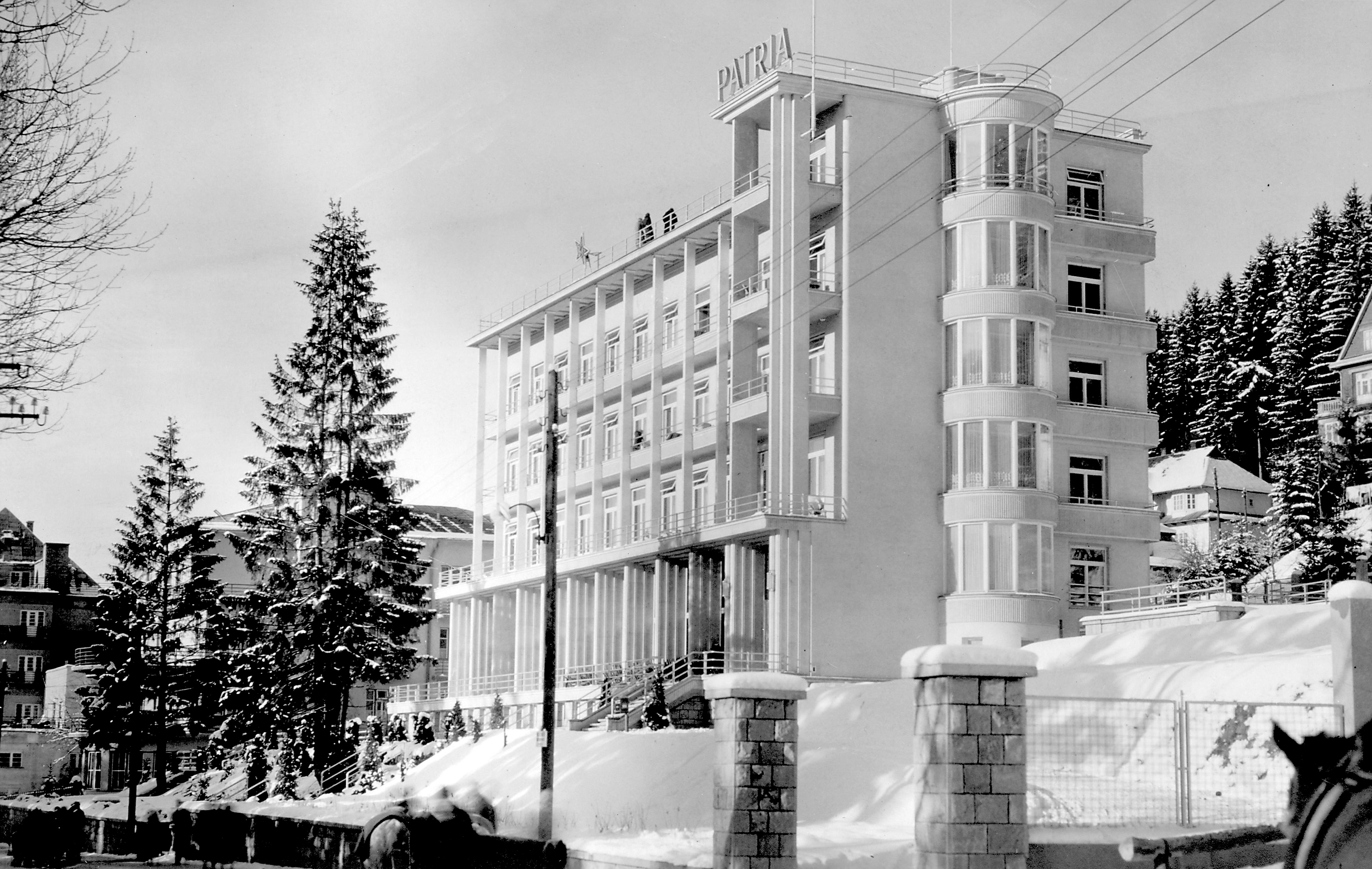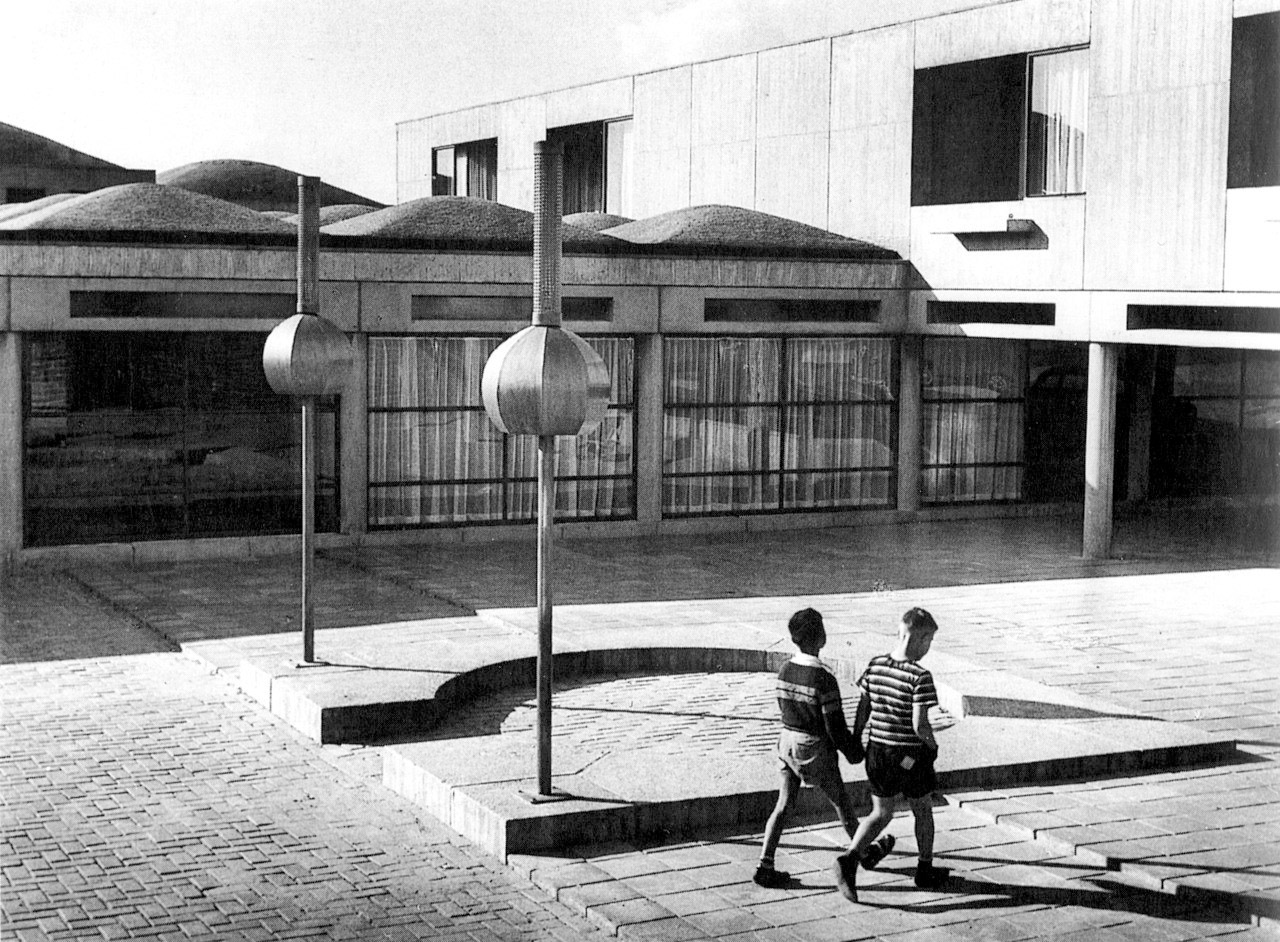
When Poles think of a house, the first thing they see are concrete foundations and solid brick construction – by its very definition meant to last for many decades to come. Unlike us, Americans prefer to build more quickly and cheaply, without taking a moment to consider such issues as the passing of time or natural disasters. Can homes built this way survive a cataclysm? Well, they can – as long as they’re round.
The US is one of the countries most vulnerable to climate change. According to research carried out in 2019 by the Geophysical Fluid Dynamics Laboratory, global warming will cause a gradual rise of temperature in the Atlantic Ocean, which in turn will lead to more hurricanes hitting the southern and eastern coast of America. This is terrible news, mainly because strong winds cause the biggest natural disasters in the whole of the US. Hurricane Harvey, which shook up Houston in 2017, caused damages estimated at $125 million. 4th-


